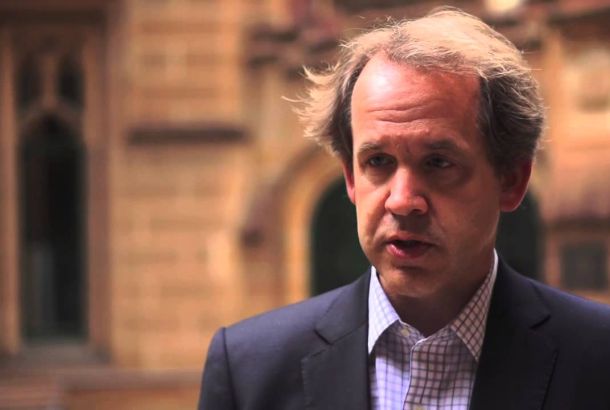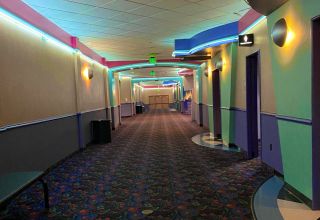The science of gambling with Guardian Live
By Len Cotton
On 22nd of October 2016, Manchester’s 235 Casino opened its doors for a Casino Royale-inspired evening of odds, statistics, psychology and science, as part of Manchester Science Festival. The main focus of the event? How to succeed at gambling. Facilitated by The Guardian, the venue saw three guest speakers take to the stage, each centering their presentation on how to be one step ahead of your fellow gambling enthusiasts.
Kicking off the show was neuroscientist and researcher, Nichola Ray, who delved into the mind in exploration of the emotional effects of gambling. She guided the audience step-by-step through the anatomy of the brain, focusing on the specific areas that create such an uncontrollable compulsion for gambling addicts. Interestingly, she explained how it was not winning, but losing that the brain reacted to most positively. She dubbed this the ‘Near Win’ phenomenon, explaining how the process of exciting the anticipatory brain regions whilst betting masked the disappointment of loss afterwards.
Ray also described the ‘Variable Ratio Reward’ that encourages addiction amongst players, as the brain becomes tantalised by the lack of prediction in a game. Consequently, this release of adrenaline also fools the brain into believing it is enjoying the gambling experience, even if a player is losing.
The second speaker of the evening was Dr Paul Seager, Senior Psychology lecturer at the University of Central Lancashire. Seager aimed to help the audience to decipher when someone is bluffing or aiming to deceive you during poker. He described this process as the ‘game of information gathering’, advising that players focus on just one or two peers who they deem the greatest threat.
There were two particularly fascinating elements to Seager’s performance. Firstly, that one should never focus on a person’s face to detect deception, as this is the easiest way for someone to control their emotions. Instead, Dr Seager advised that you focus on an individual’s body language, looking for ‘micro-expressions’ or gestures that might give away their true temperament. Secondly, he dispelled myths about the meaning of certain gestures. For example, if a player’s hands are shaking when laying down cards, this is not due to nervousness. In fact, this is an indication that they are excited about their hand and thus in possession of a strong set of cards.
Finally, the event ended with an excellent performance from award-winning mathematician, Katie Steckles. Undoubtedly the most interesting of the three, Steckles set out to disprove the ‘Gambler’s Fallacy’ that one can predict and control the outcome of a roulette wheel. Using the example of probabilities, Steckles explained how the roulette wheel is always one step ahead and that this, combined with casino workers knowing every trick in the trade, made it impossible for a human mind to outsmart the machine.
Indeed, Steckles’ big reveal was that roulette wheels do not provide a 50/50 chance of success. There are 48 possible outcomes, one of which being the green zero. Therefore, you have less than half a chance of landing on black or red, resulting in just a 48 per cent chance of actual success. Thus, Steckles helped to explain how casinos are able to give out so much money whilst still making a hefty profit, as they always have a 52 per cent chance of beating their players.
All in all ,The Science of Gambling proved to be a very interesting night. Misconceptions were corrected, common myths dispelled and science explained in a captivating and accessible way.







